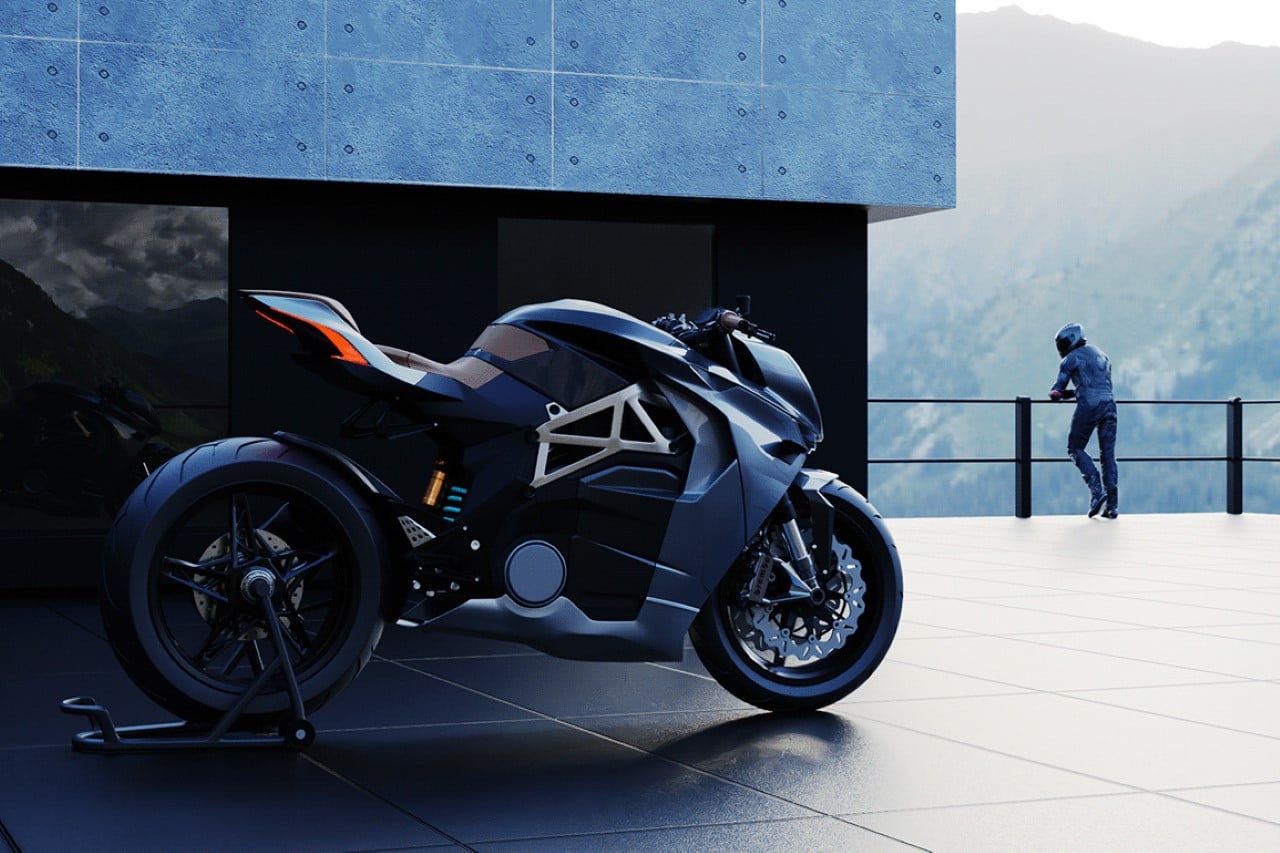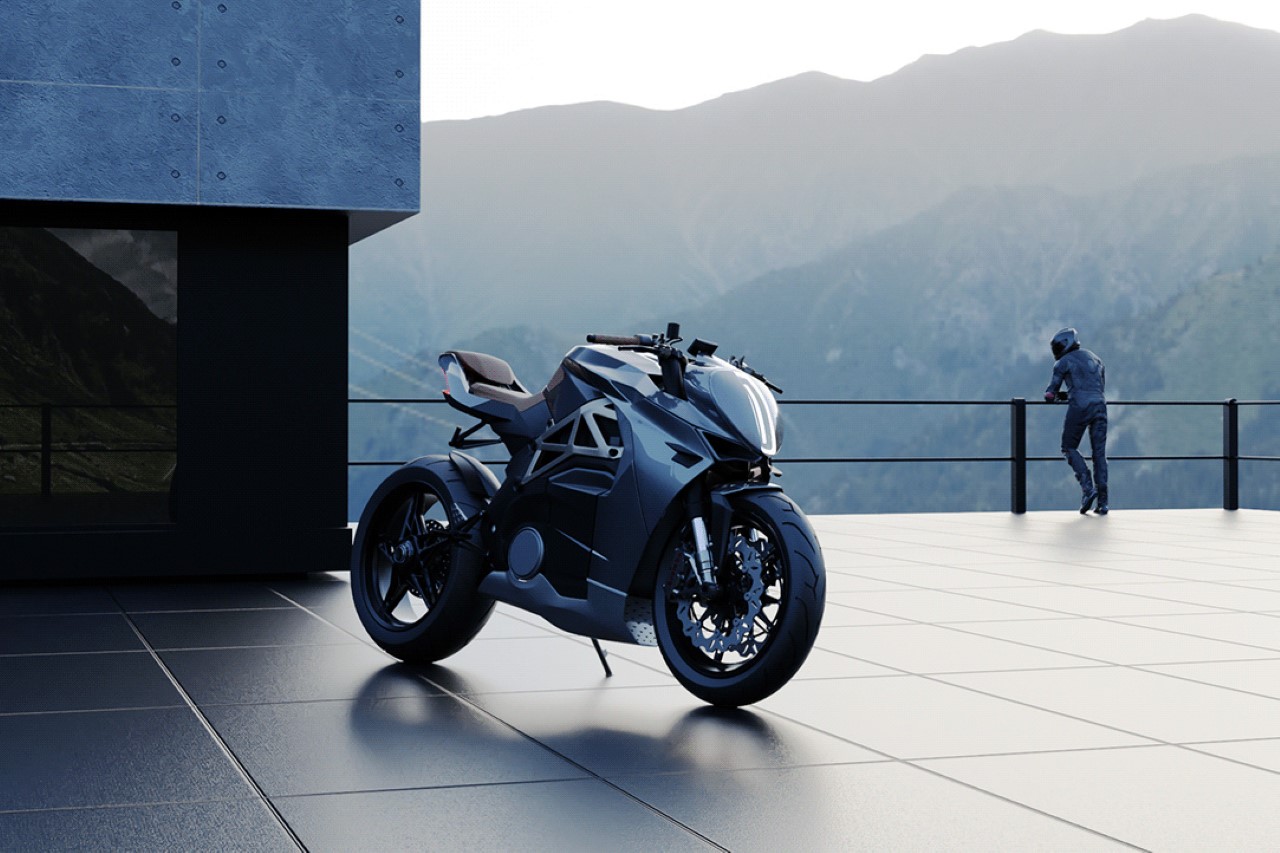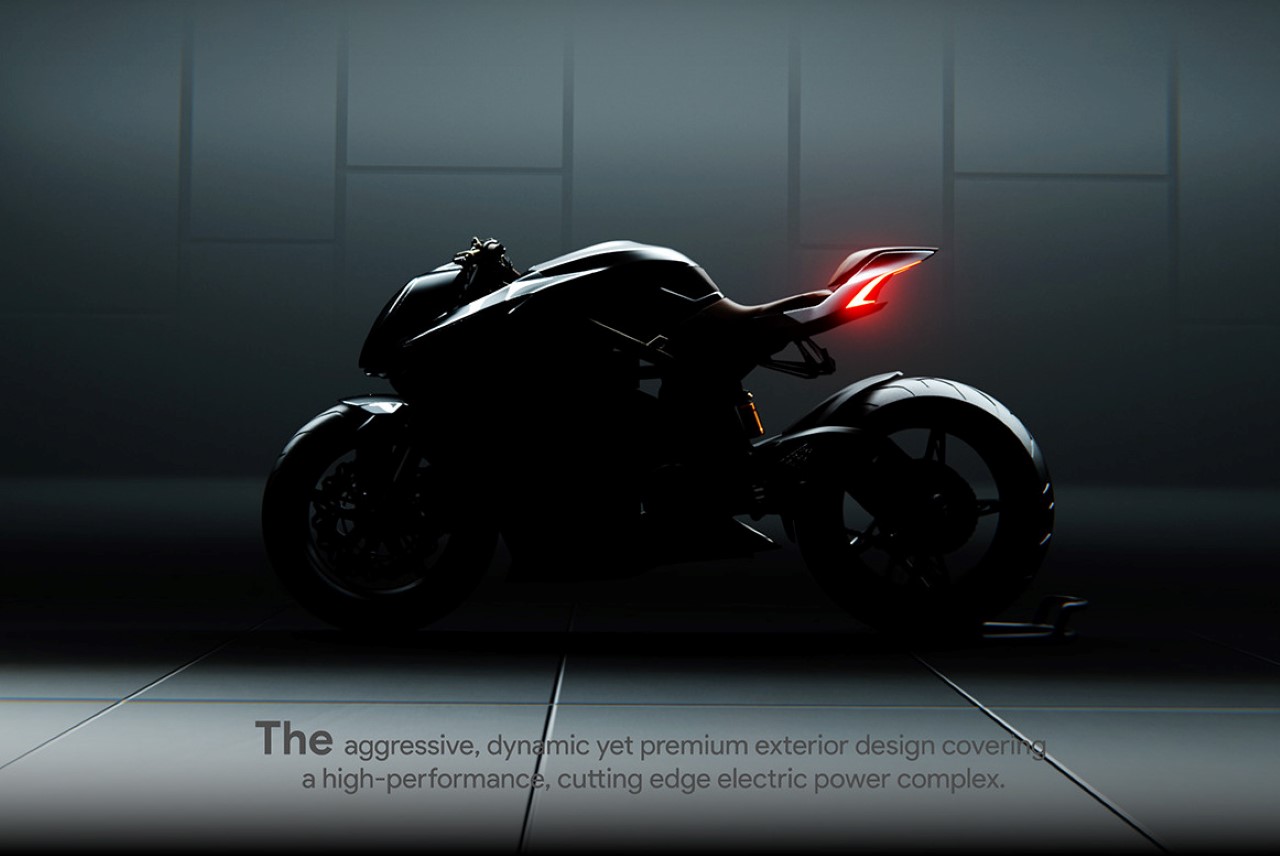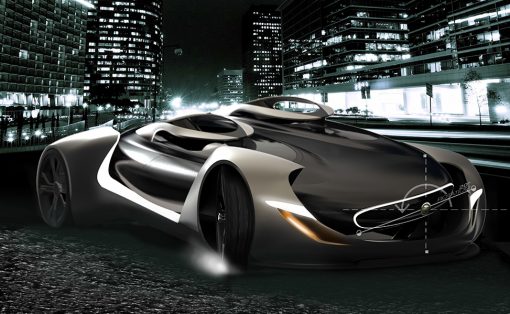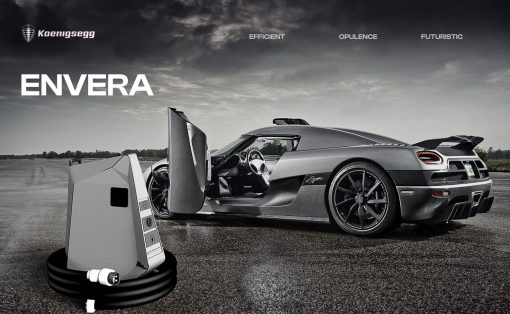Named after Aeolus, the Greek god of wind, the Aeolian is a brawny e-hyperbike with an aggressive form that still somehow manages to look elegant.
With a muscular, sinewy, characterful silhouette, it’s difficult to ignore the Aeolus. The e-bike, envisioned by India-based designer Prathmesh Banubakde, models itself on the likes of other hyperbikes, notably from brands like Suzuki and Ducati who command the space. Its body is elegant, yet far from sleek. It has curves where it needs to, sports large forms/volumes in places where you’d expect it to, and is the kind of hyperbike you’d take second and third glances at, just to appreciate how perfectly proportioned and beautiful its design is.
Designer: Prathmesh Banubakde
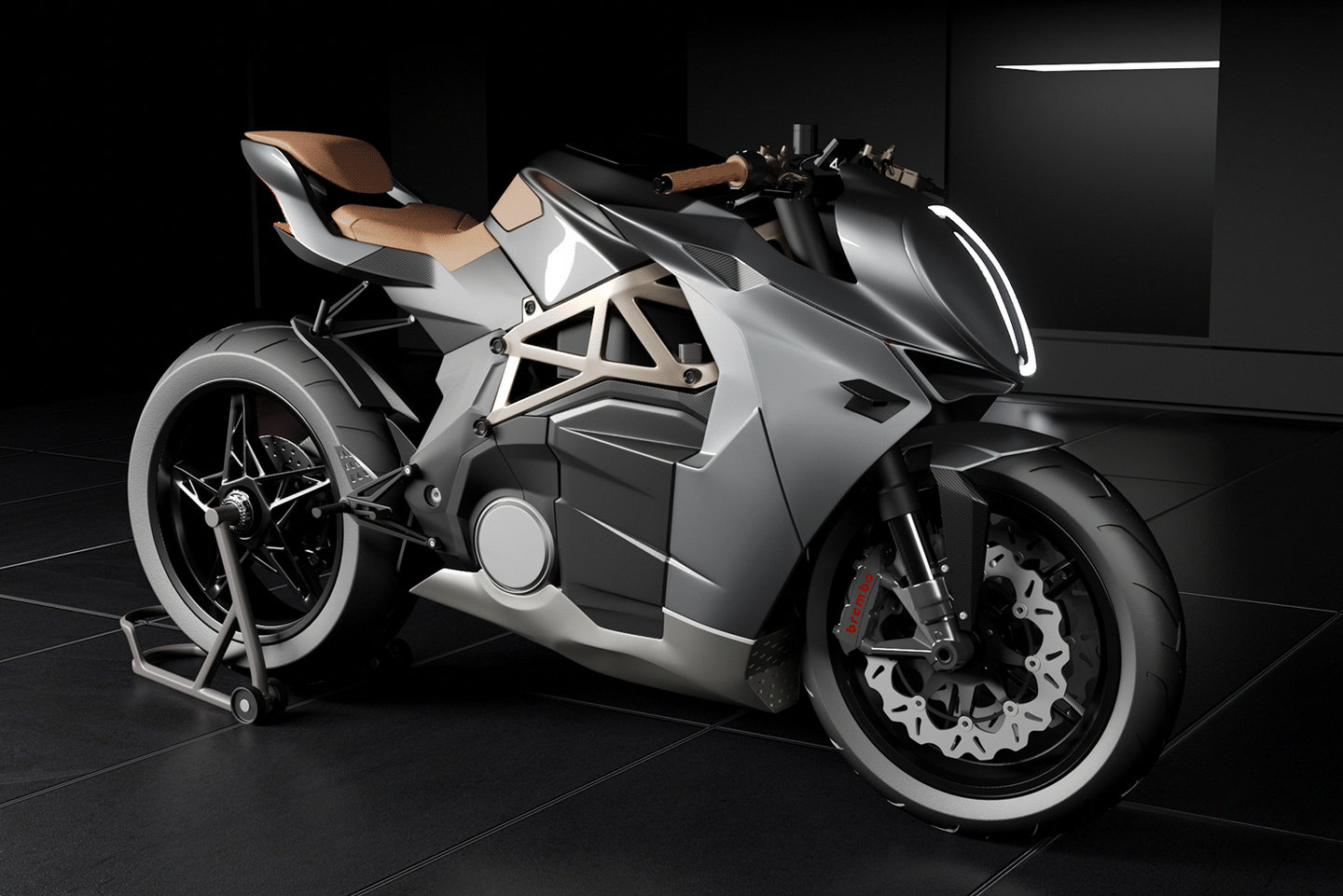
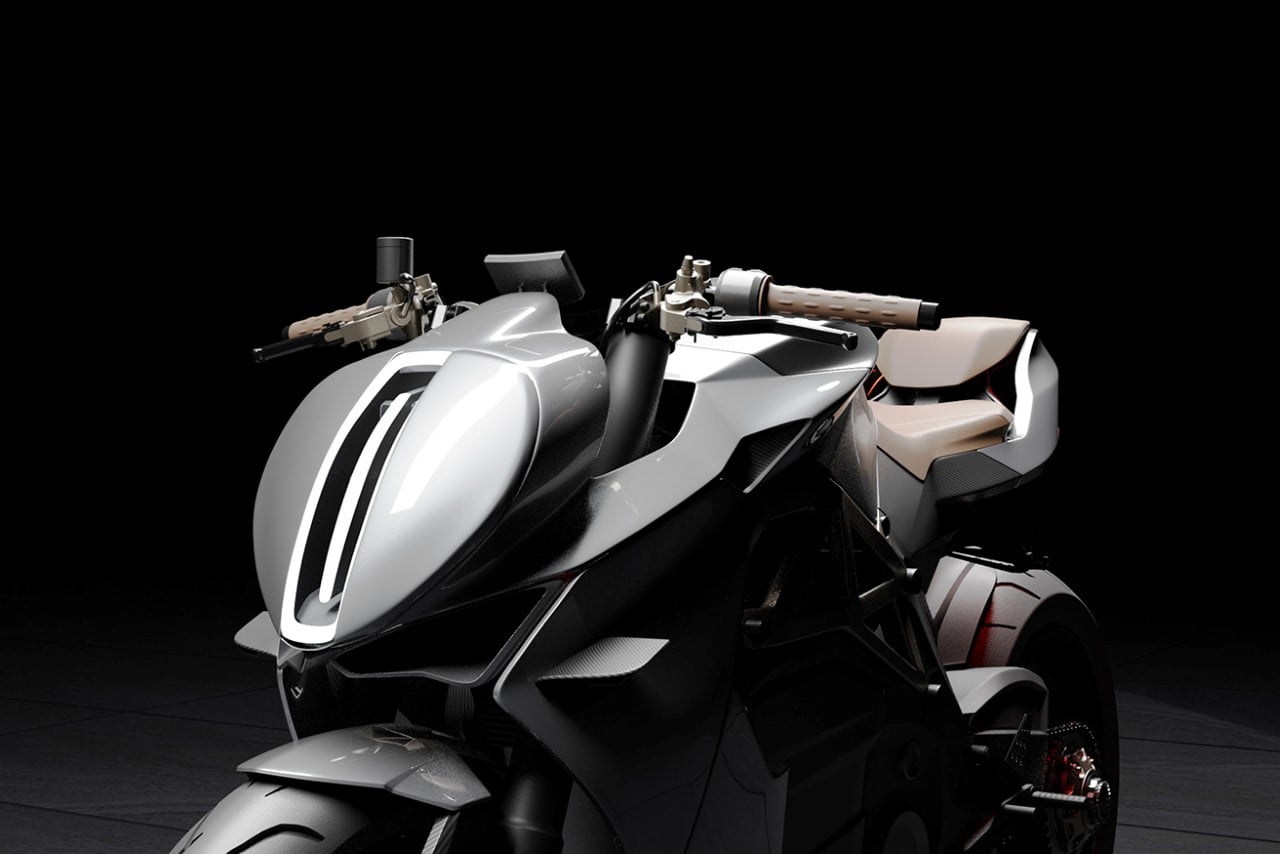
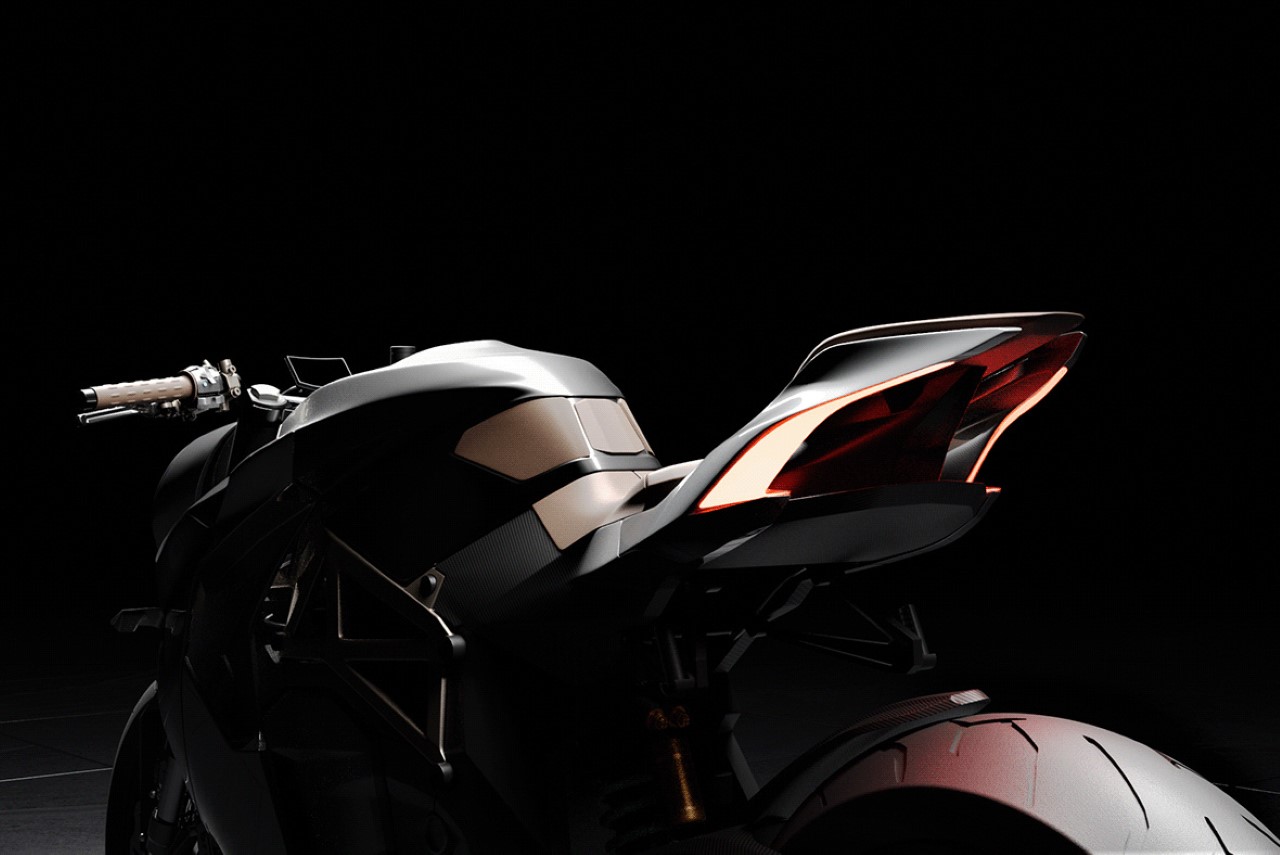
The Aeolus has some unique design details that immediately stand out to the viewer, from the incisive, edgy headlight on the front to the bike’s very form, which seats the rider in a triangular stance, commonly seen with GP motorcycles. The bike almost seems like it’s leaning forward, and it encourages the rider to do so too, taking on a much more aggressive riding position that’s synonymous with aerodynamism and speed.
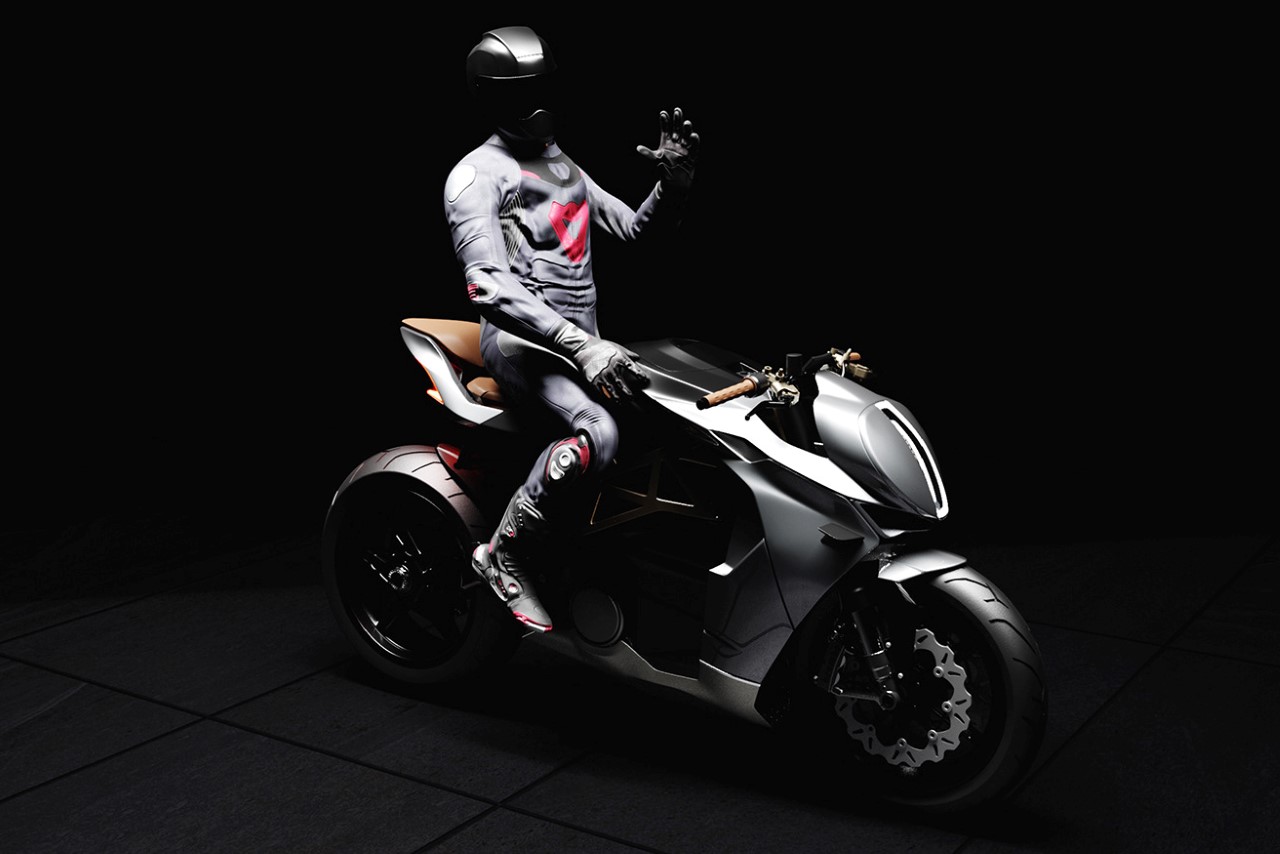
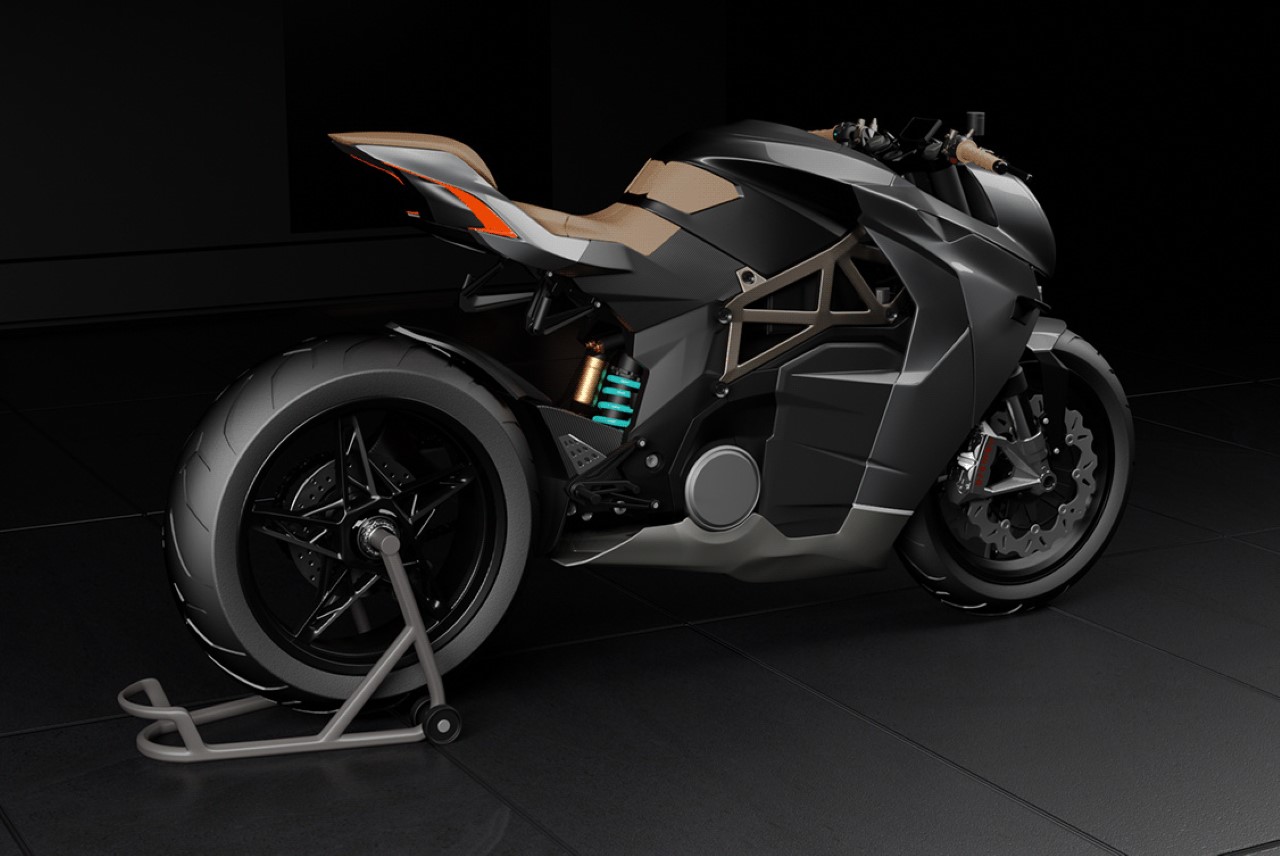
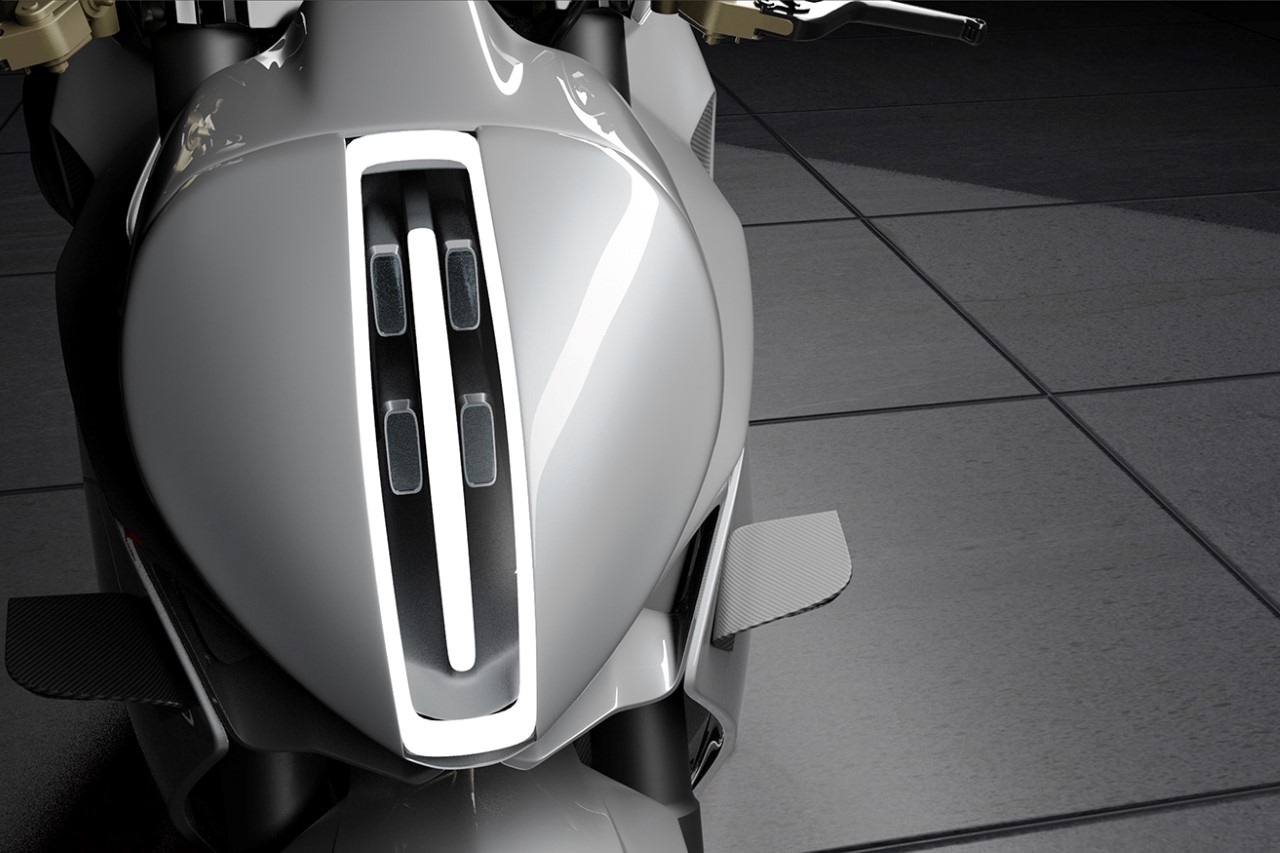
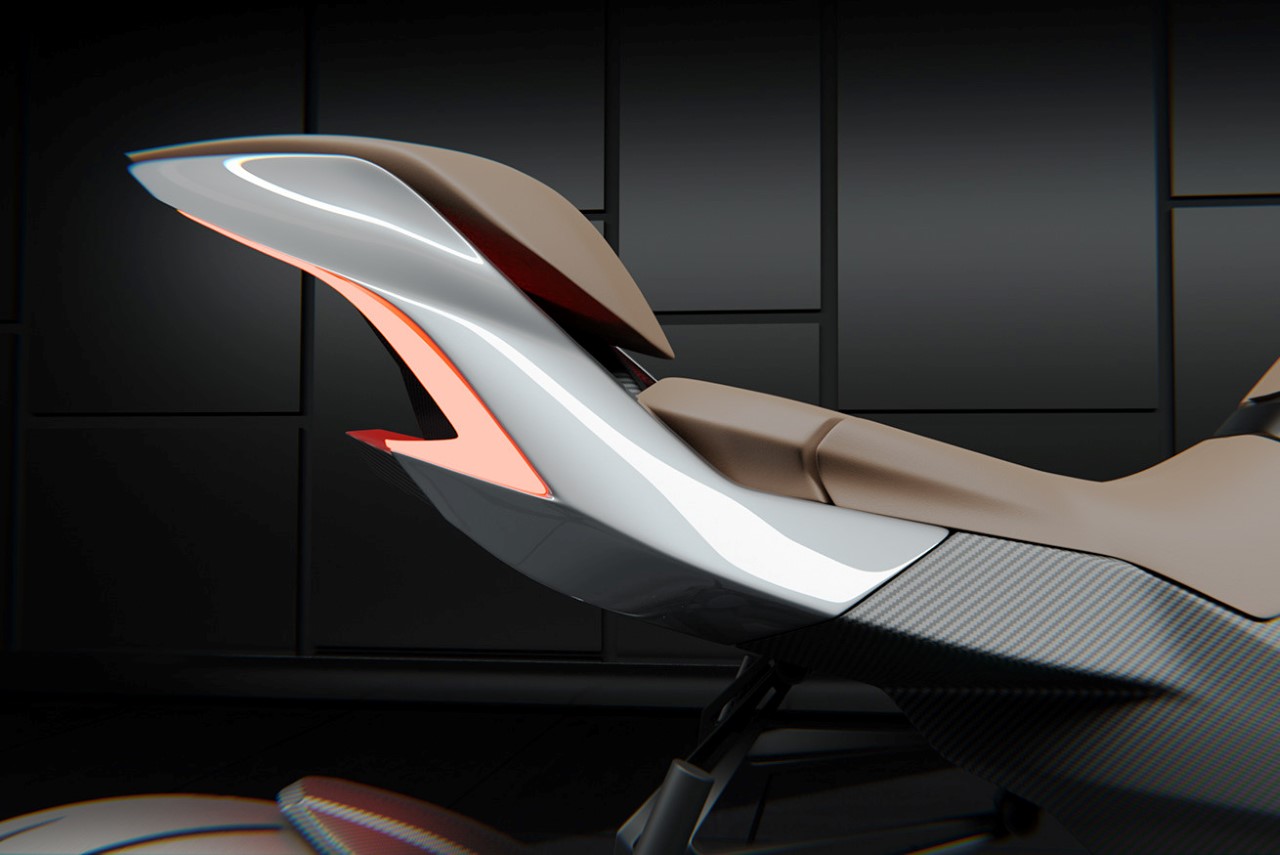
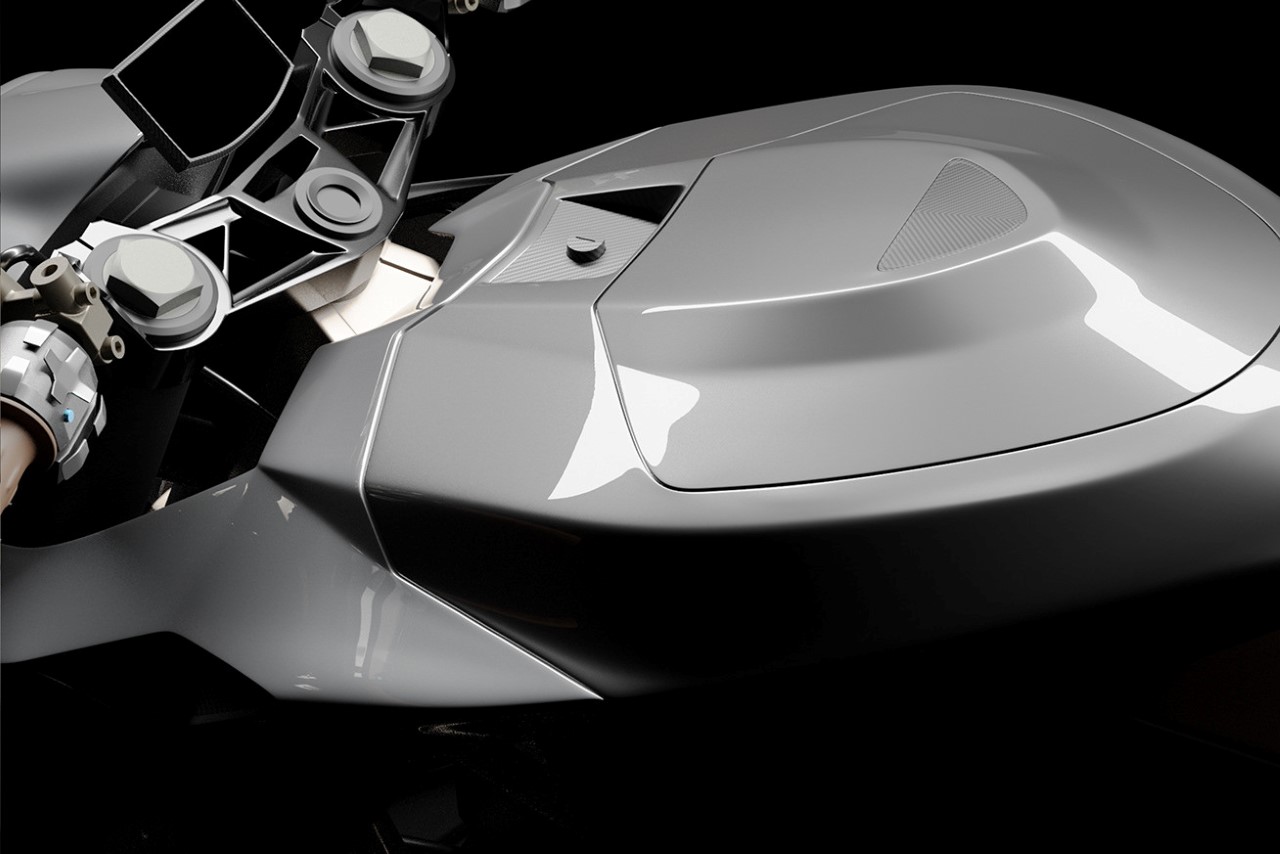
A breakdown of the Aeolus provides a detailed look at the hyperbike’s assembly. A massive battery pack sits between the rider’s knees, right in front of the motor which powers the bike’s rear wheel. The designer even outfitted the Aeolus with a CPU, although I assume that it just powers the hyperbike’s dashboard, which lets you access things like driving modes, navigation, and battery levels. An interesting aspect of the Aeolus’ design, however, is the retention of the signature fuel tank ‘hump’, even though the bike isn’t fuel-powered. This hump, however, acts as the Aeolus’ storage compartment, letting you stash anything from a helmet to a backpack right within the bike, and securing it with a lock and key.
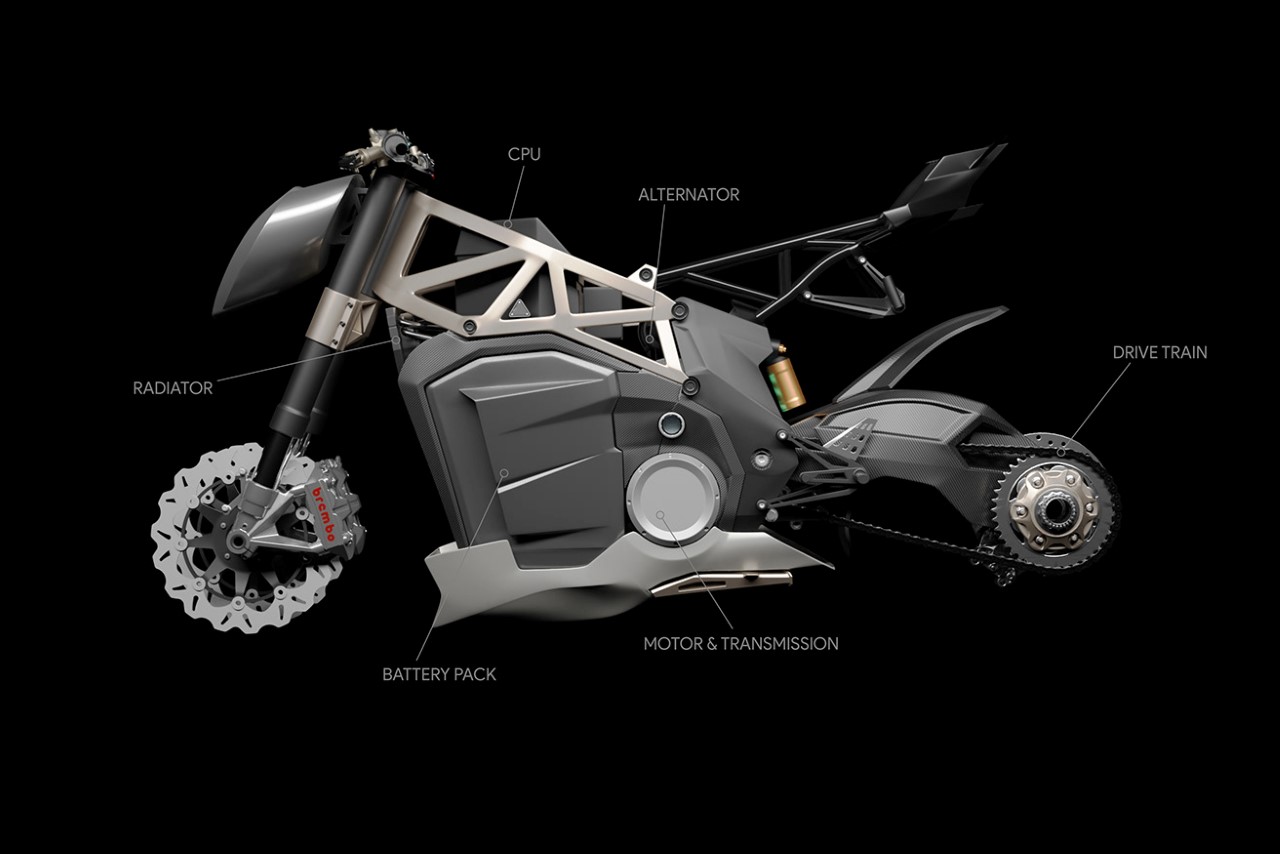
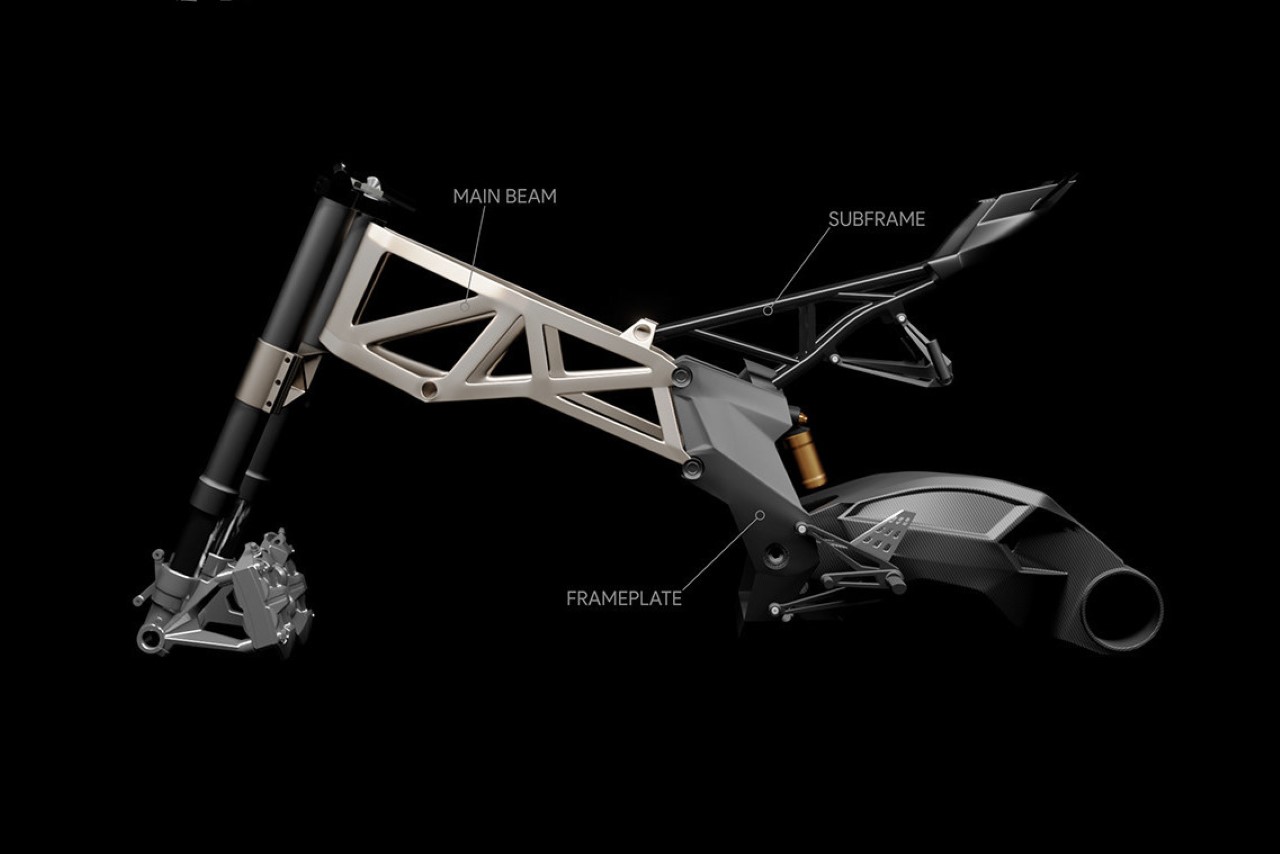
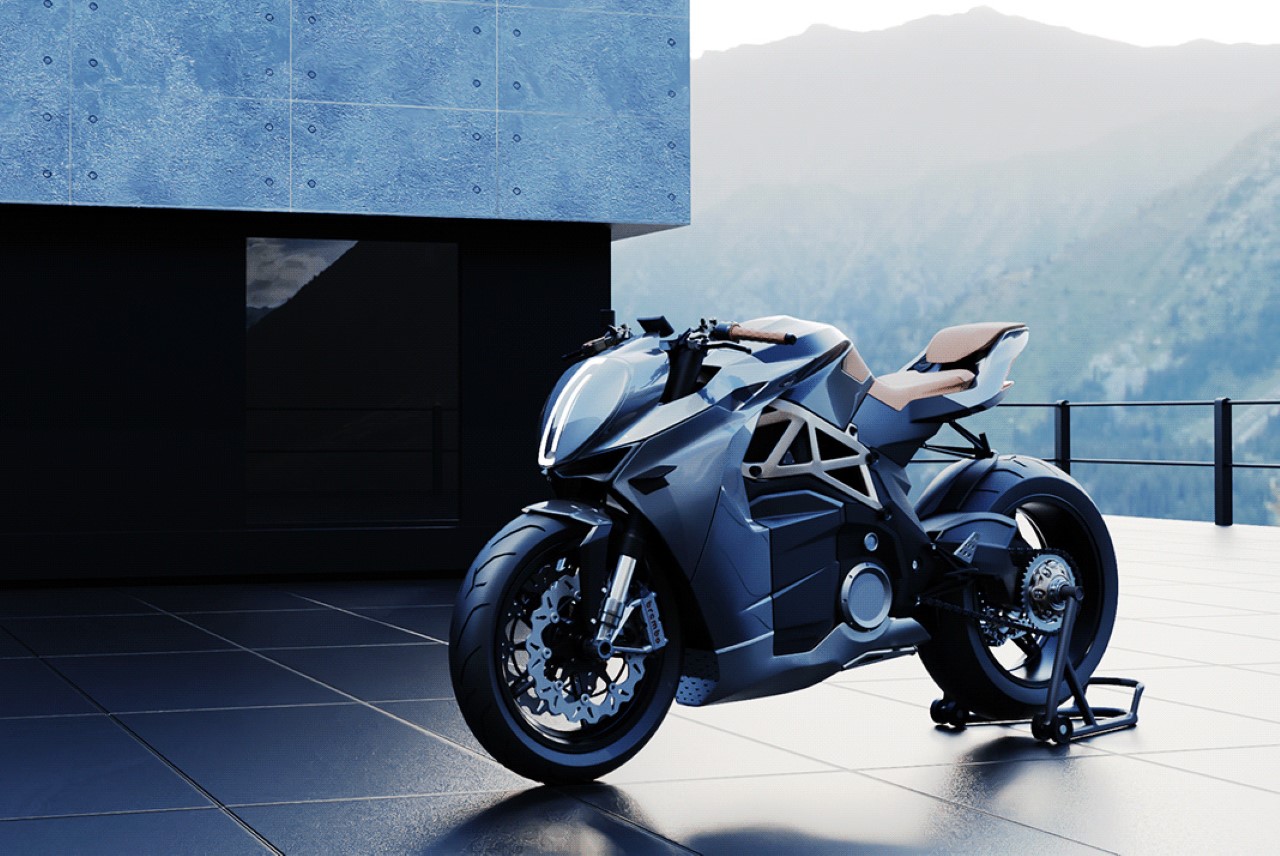
Ultimately, the Aeolus is less of a concept bike built for production, and more of a concept aimed at form exploration. Prathmesh’s inspiration board looked at everything from MotoGP bikes to organic architecture and even the odd stealth fighter jet. The hyperbike’s main beam definitely draws inspiration from computational and organic architecture, while the bike’s fascia alternates between edgy/aggressive, and curvy/flowy.
